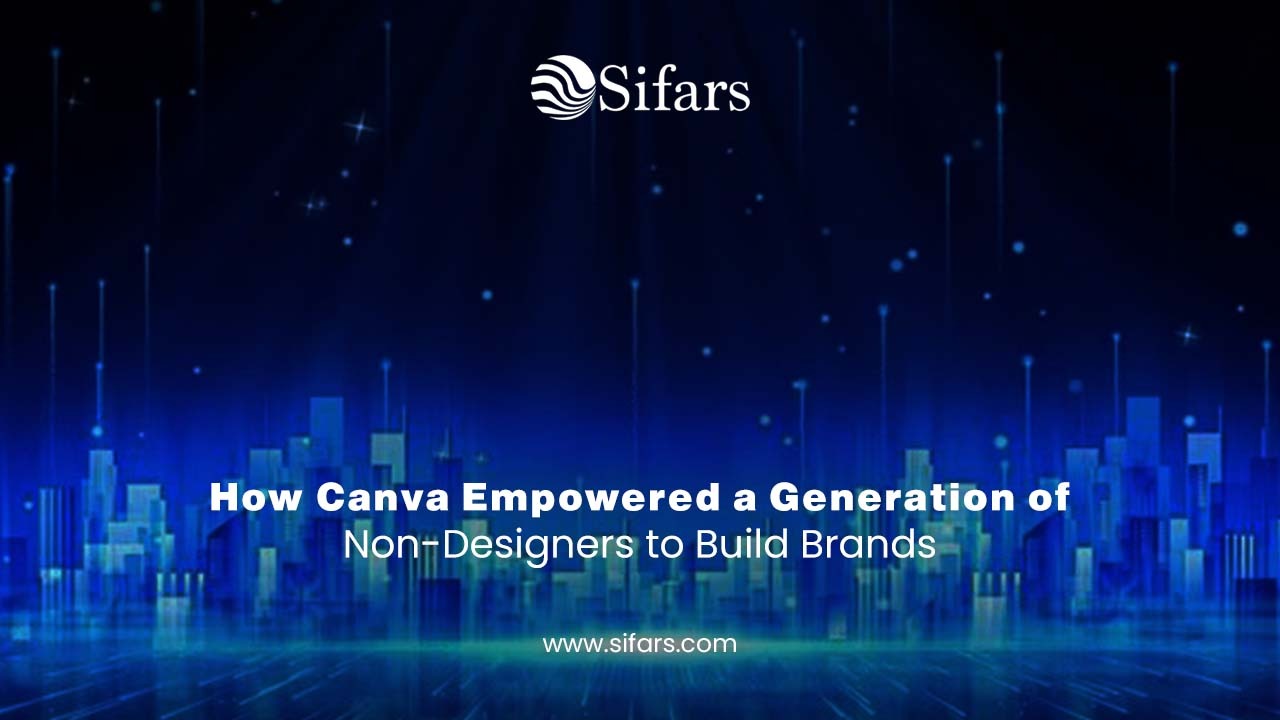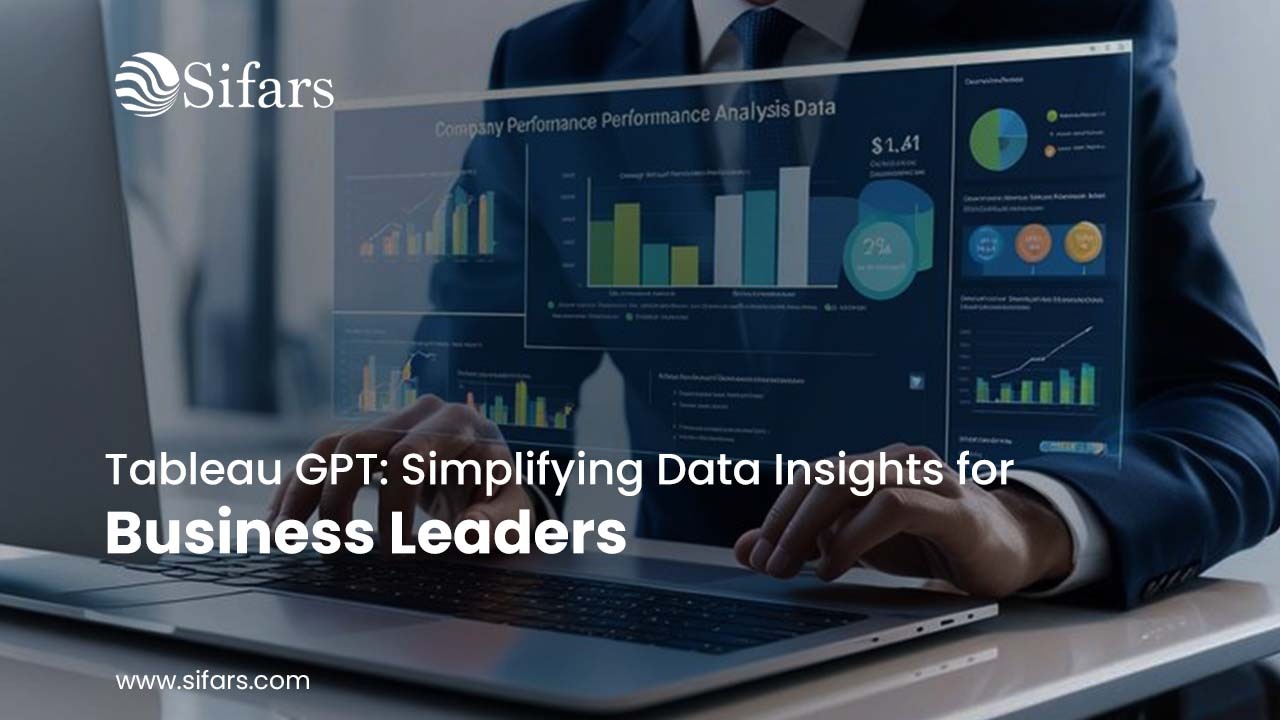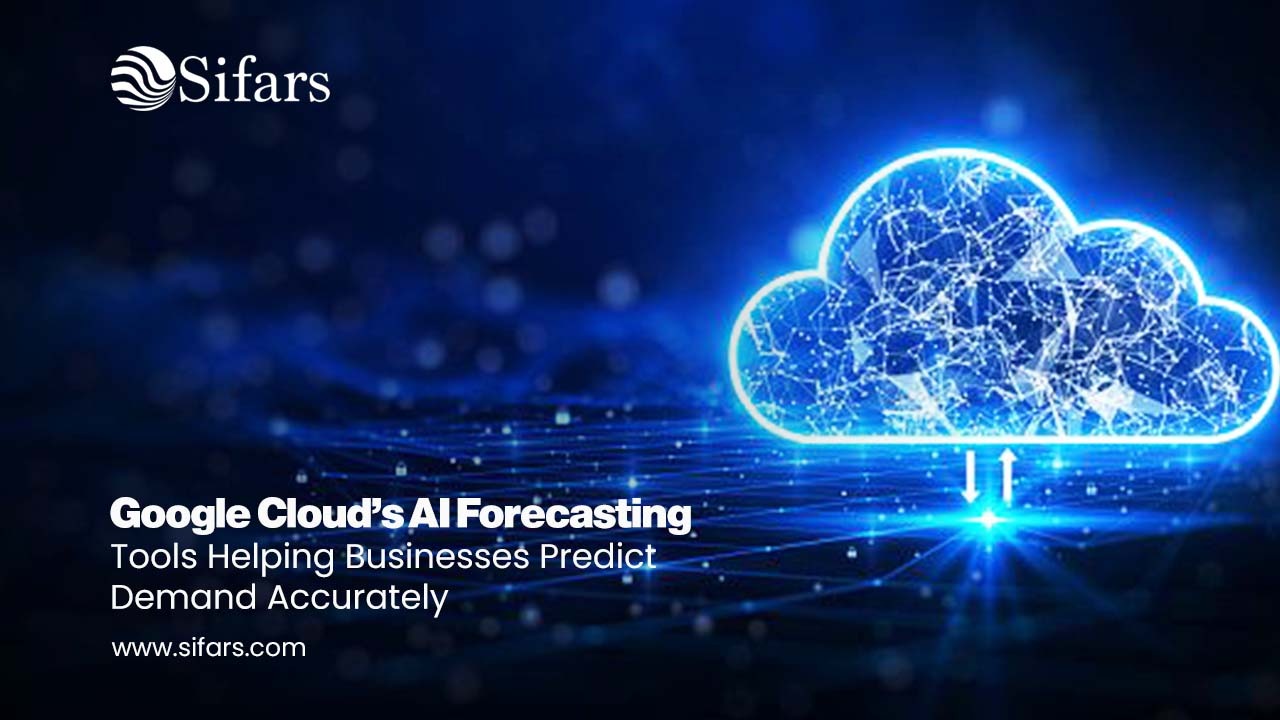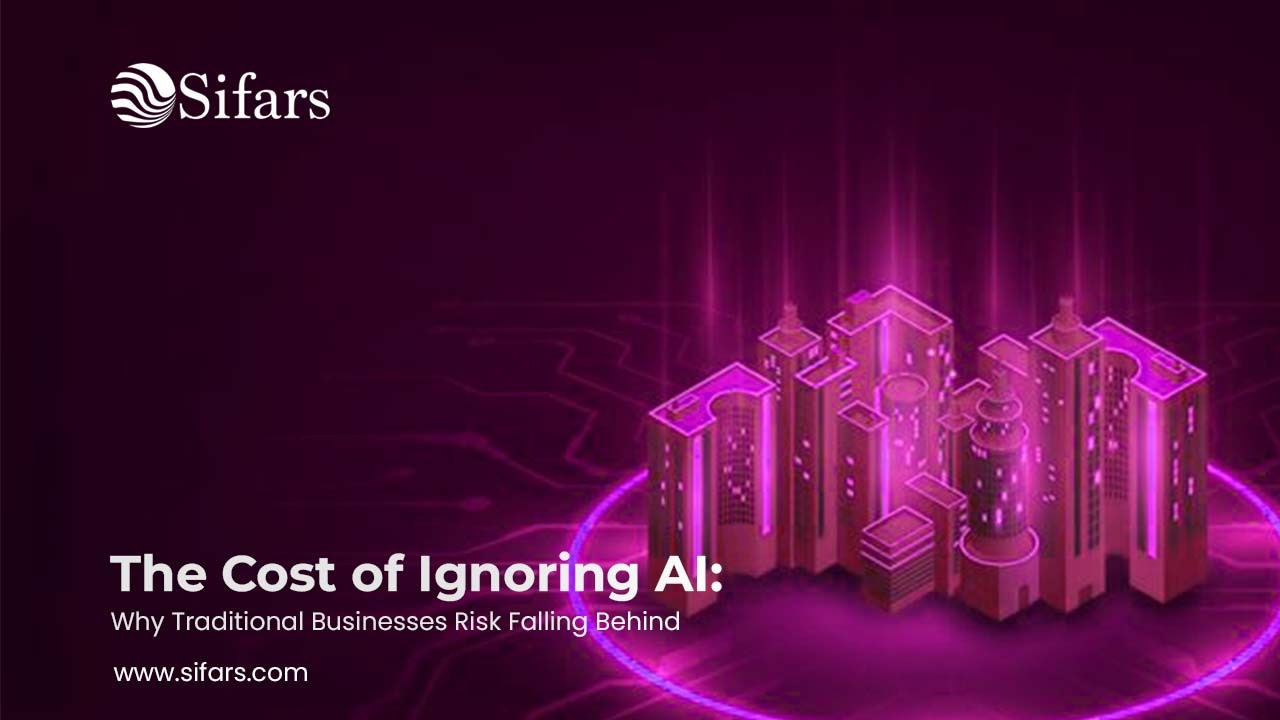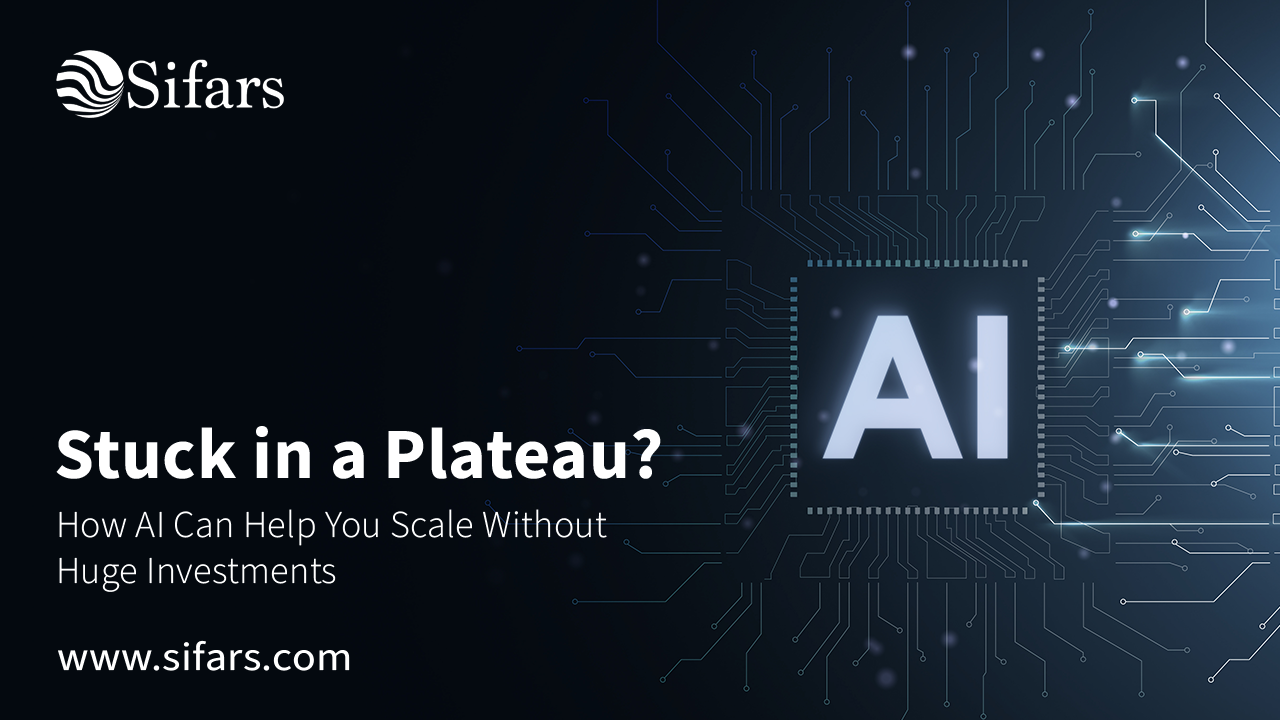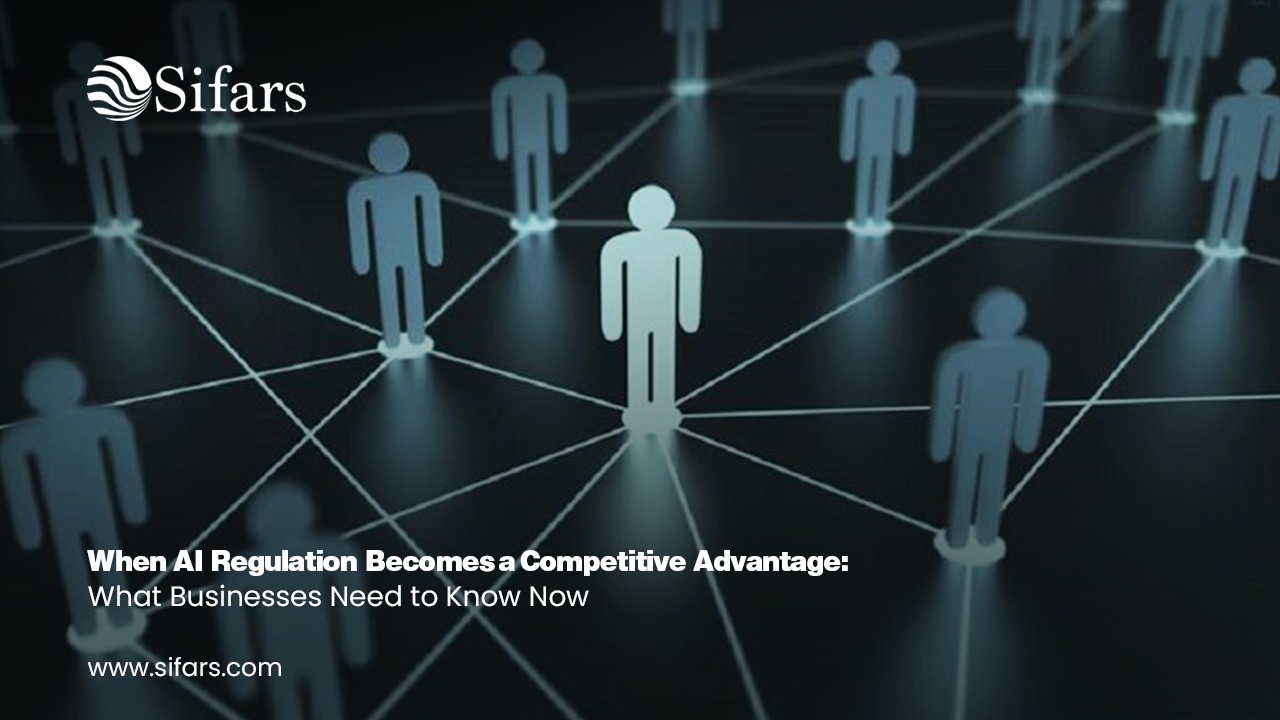The Democratization of Design
For decades, professional design was considered an exclusive skill reserved for trained graphic designers with access to expensive software like Adobe Photoshop or Illustrator. Small businesses, startups, and individuals often struggled to create compelling visuals without significant investment in talent or tools.
Then came Canva—a platform that redefined accessibility in design. With its drag-and-drop simplicity, pre-designed templates, and AI-powered features, Canva allowed non-designers to create logos, presentations, social media posts, and marketing assets that looked professional.
This shift wasn’t just about convenience—it empowered a new generation of entrepreneurs and brands. From solo freelancers to startups scaling their identity, Canva became the go-to design tool globally. Today, the platform has over 135 million monthly active users across 190 countries.
But what does this journey teach businesses, and how does it connect with the larger conversation on AI solutions, automation, and the future of branding? Let’s break it down.
1. The Birth of Canva: A Vision for Simplicity
When Canva launched in 2013, its mission was simple: “to empower the world to design.” Its founders recognized that traditional design software had steep learning curves and cost barriers.
Instead, Canva offered:
- Templates for every need – social media, business cards, resumes, infographics.
- Drag-and-drop editing – making design intuitive for non-professionals.
- Cloud-based collaboration – allowing teams to create and edit from anywhere.
This model not only disrupted the graphic design industry but also democratized branding. Suddenly, a local café owner could create Instagram-ready posts that rivaled big corporate campaigns.
2. How Canva Became a Branding Partner for Businesses
Branding has always been the cornerstone of business identity. With Canva, even the smallest ventures could establish a strong brand presence.
2.1 Affordable Branding for Startups
Startups often operate with limited budgets, making professional design services unaffordable. Canva’s free and low-cost plans provided:
- Customizable logos
- Social media kits
- Presentation templates
- Marketing collateral
This allowed small businesses to compete visually with established brands without breaking the bank.
2.2 Consistency Made Easy
Canva’s Brand Kit feature became a game-changer. Businesses could store logos, fonts, and colors to ensure every asset matched their identity. This automation of brand consistency saved time and minimized human error.
2.3 Empowering Non-Design Teams
Instead of outsourcing every design need, marketing teams, HR departments, and even sales representatives could create their own branded content. This shift meant:
- Faster turnaround times.
- Reduced dependency on agencies.
- Greater control over messaging.
3. AI: The Secret Ingredient Behind Canva’s Success
While Canva is widely recognized as a design tool, its foundation is deeply rooted in artificial intelligence (AI).
3.1 Smart Recommendations
AI powers Canva’s ability to suggest templates, layouts, and color palettes based on user input. For example:
- Type “restaurant flyer,” and Canva presents optimized templates.
- Upload a photo, and Canva suggests complementary fonts and design styles.
3.2 AI-Powered Tools
Recent features show Canva leaning into AI-driven design automation:
- Magic Write (AI copywriting tool) – helping users create text content.
- Background Remover – powered by AI image recognition.
- Design suggestions – automatically aligning elements for professional results.
These tools not only enhance user experience but also reduce the need for external editing software.
3.3 Business Automation with AI
For businesses, Canva’s AI reduces manual effort. Instead of starting from scratch, teams can generate near-finished designs that require only minimal customization. This efficiency mirrors the value proposition of AI solutions across industries: automation that frees up time for growth.
4. Lessons for Entrepreneurs: What Canva Teaches About Branding with AI
The Canva story is more than just design. It’s a blueprint for how AI solutions and user-centric platforms can transform industries.
4.1 Accessibility Wins Markets
By making design accessible, Canva unlocked a massive untapped market—non-designers. Similarly, businesses adopting AI should focus on making technology accessible to employees and customers.
4.2 Automation Doesn’t Replace Creativity, It Enhances It
Canva didn’t eliminate the role of professional designers. Instead, it handled repetitive tasks, allowing designers to focus on high-level creativity. AI in business automation works the same way—eliminating mundane tasks so employees can focus on strategy and innovation.
4.3 Scaling Through Simplicity
Simplicity is a growth engine. Canva scaled globally because it solved a universal pain point with an intuitive interface. For companies adopting AI, the lesson is clear: complex solutions fail if end-users can’t adapt.
5. Real-World Impact: Businesses Built on Canva
Canva isn’t just a tool; it’s a growth enabler. Some examples include:
- Local Boutiques using Canva for posters, product catalogs, and Instagram ads.
- Startups creating investor pitch decks with sleek, professional templates.
- Nonprofits designing awareness campaigns without heavy budgets.
- Educators using Canva for engaging lesson plans and presentations.
In each case, Canva acted as an AI-powered design consultant—providing resources and automation where budgets fell short.
6. The Bigger Picture: Canva and the AI Business Revolution
Canva represents a broader trend: AI-powered democratization of services. What once required specialists and high costs is now available to anyone with internet access.
Other industries are seeing similar transformations:
- Healthcare – AI diagnostic tools assisting doctors.
- Retail – AI personalization engines improving customer experience.
- Finance – AI consulting for fraud detection and risk management.
For businesses, this shift highlights the urgency of adopting AI solutions not just as a competitive advantage but as a survival strategy.
7. The Future of AI-Powered Design
With the rise of generative AI tools like ChatGPT, DALL·E, and MidJourney, design will continue evolving. Canva is already integrating AI-driven content generation, giving businesses:
- Faster content production
- More personalized design suggestions
- Automated brand storytelling
The future points toward AI consulting platforms that integrate multiple tools into one ecosystem—something Canva is actively pursuing with its “Visual Worksuite.”
8. Actionable Insights for Businesses
So, what can businesses learn from Canva’s journey?
- Adopt AI Solutions Early – Companies that delay adoption risk falling behind.
- Empower Your Teams – Like Canva empowered non-designers, use AI to empower employees across departments.
- Focus on Simplicity – Ensure your AI tools are intuitive to maximize adoption.
- Leverage AI Consulting – Partner with experts like Sifars to identify and implement the right solutions.
Canva’s Legacy and the AI Opportunity
Canva proved that accessibility + AI = empowerment. By democratizing design, it allowed millions of businesses and individuals to create brands that resonate globally.
The larger takeaway? AI isn’t just for tech giants—it’s for everyone. Entrepreneurs, startups, and traditional businesses can all harness AI to automate processes, improve decision-making, and enhance customer experiences.
At Sifars, we believe the next Canva-like disruption could happen in any industry—from healthcare to finance to retail. The key is adopting AI solutions that solve real business problems.
If you’re ready to harness the power of AI for your business—whether in branding, automation, or decision-making—connect with Sifars today. Our tailored AI consulting services help businesses like yours simplify processes, reduce costs, and scale smarter.
